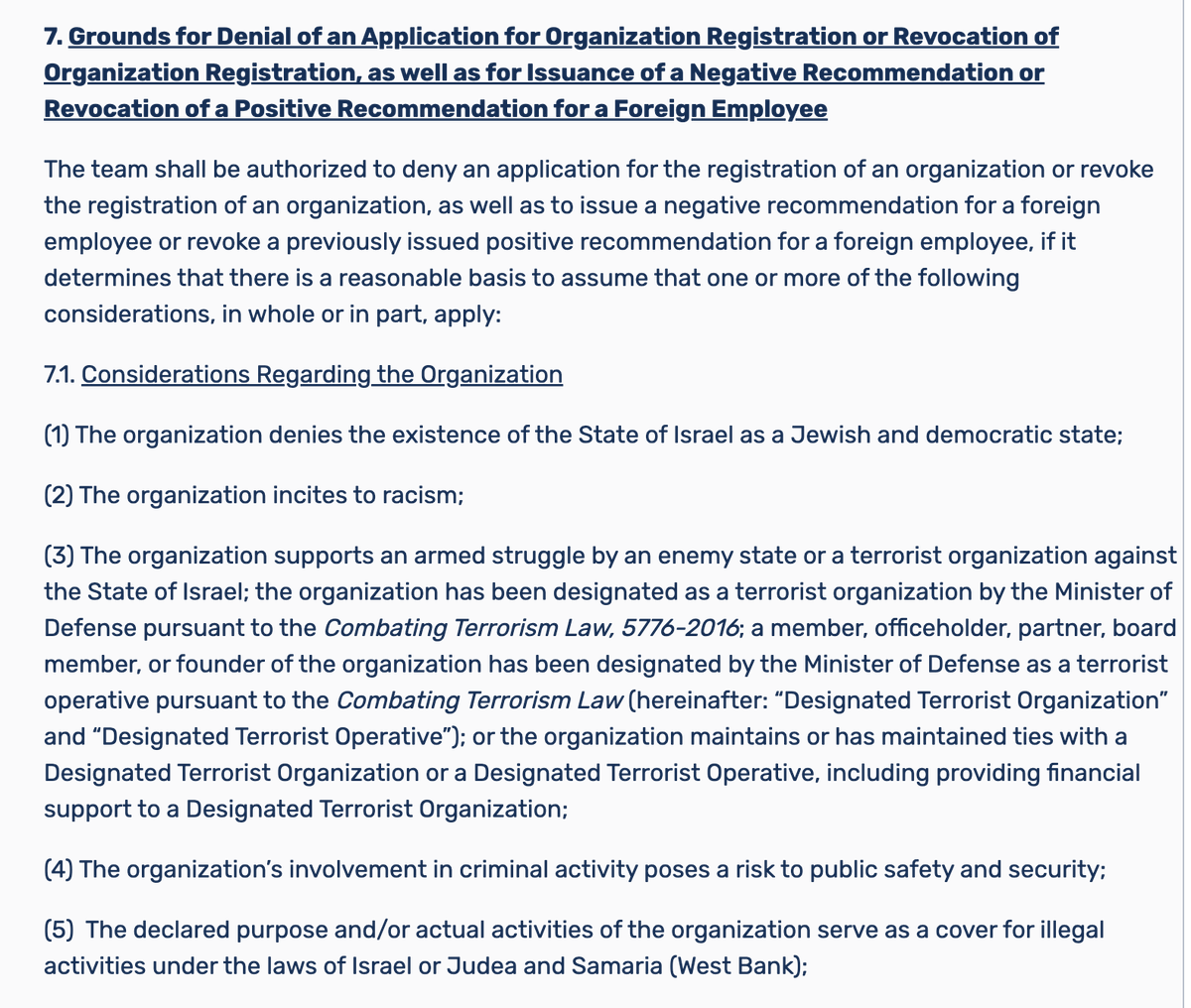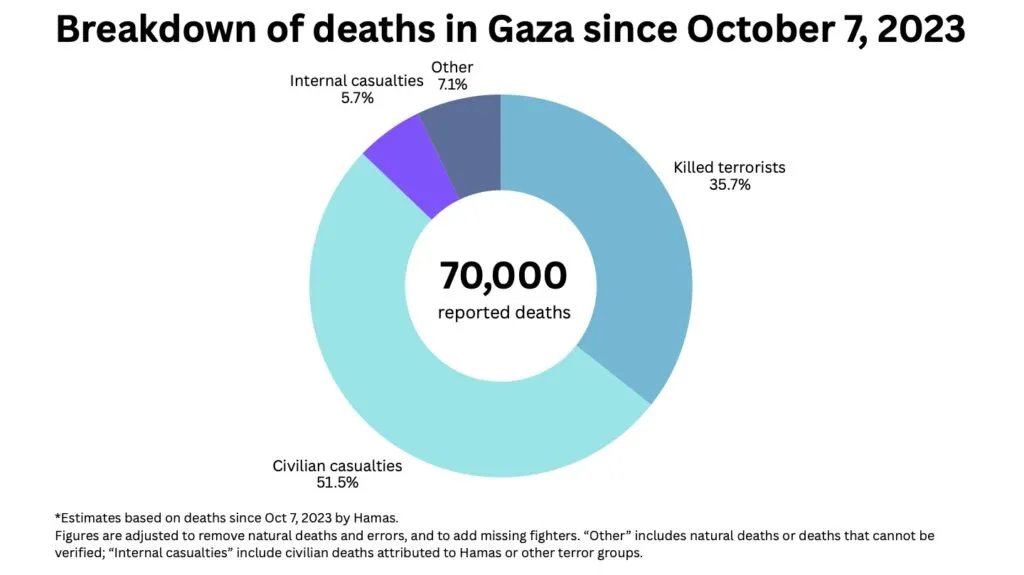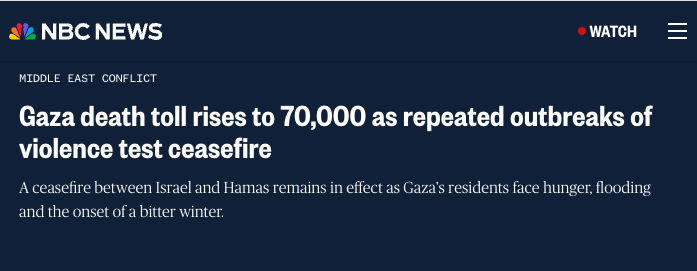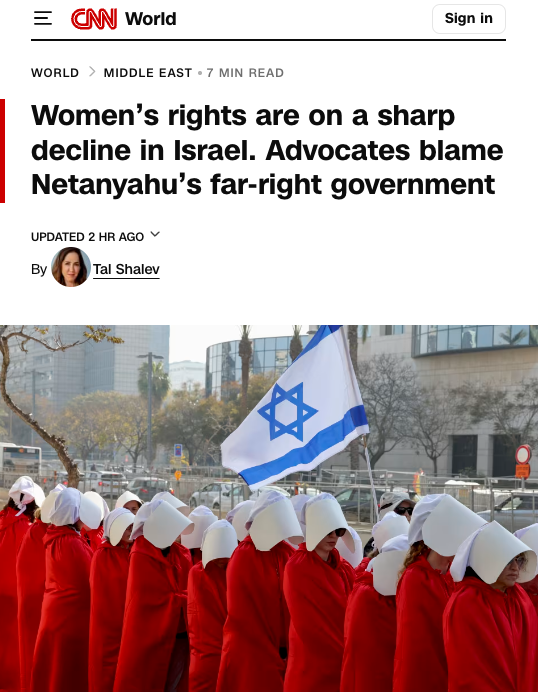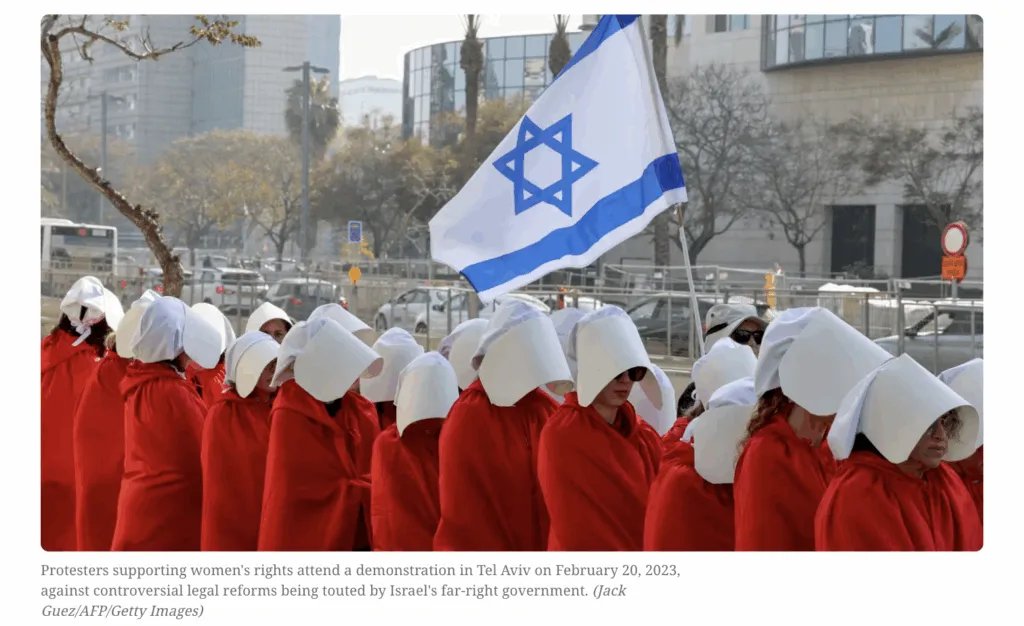Why is @ArwaM attempting to sanitize the true aims of BDS in the @guardian?
It's not a mere attempt to get "Israel to comply with international law" but a hate campaign designed to chip away at Israel's legitimacy.
It's not a mere attempt to get "Israel to comply with international law" but a hate campaign designed to chip away at Israel's legitimacy.

As Omar Barghouti, co-founder of the BDS, says:
“Definitely most definitely we oppose a Jewish state in any part of Palestine.”
(Separately he clarifies that “Palestine” means all of Israel.)
“Definitely most definitely we oppose a Jewish state in any part of Palestine.”
(Separately he clarifies that “Palestine” means all of Israel.)
Or as As’ad AbuKhalil, California State University Professor of Political Science, BDS leader and activist, made abundantly clear:
“The real aim of BDS is to bring down the State of Israel…this should be stated as an unambiguous goal.”
“The real aim of BDS is to bring down the State of Israel…this should be stated as an unambiguous goal.”
Want to learn more about the true goals of BDS, and whether it's protected by free speech?
Read this background article by @danielspeaksup >>>
honestreporting.com/boycotting-isr…
Read this background article by @danielspeaksup >>>
honestreporting.com/boycotting-isr…
• • •
Missing some Tweet in this thread? You can try to
force a refresh



